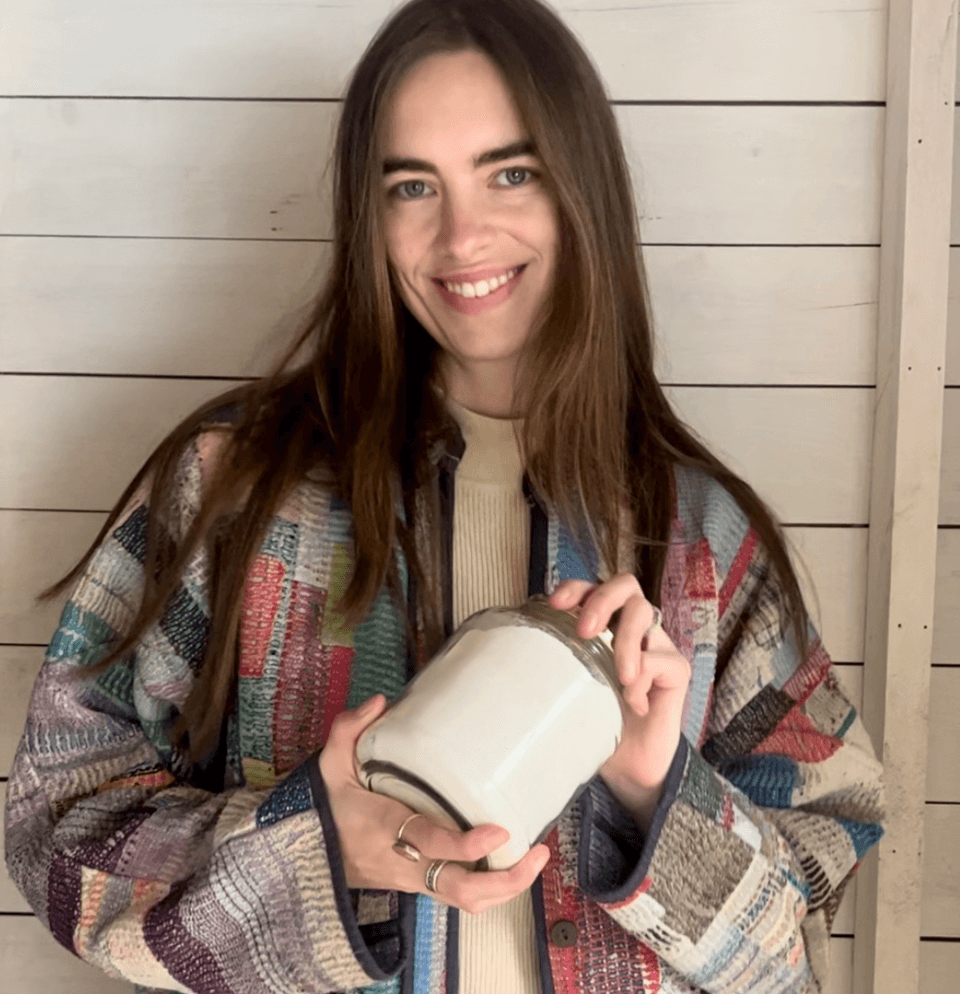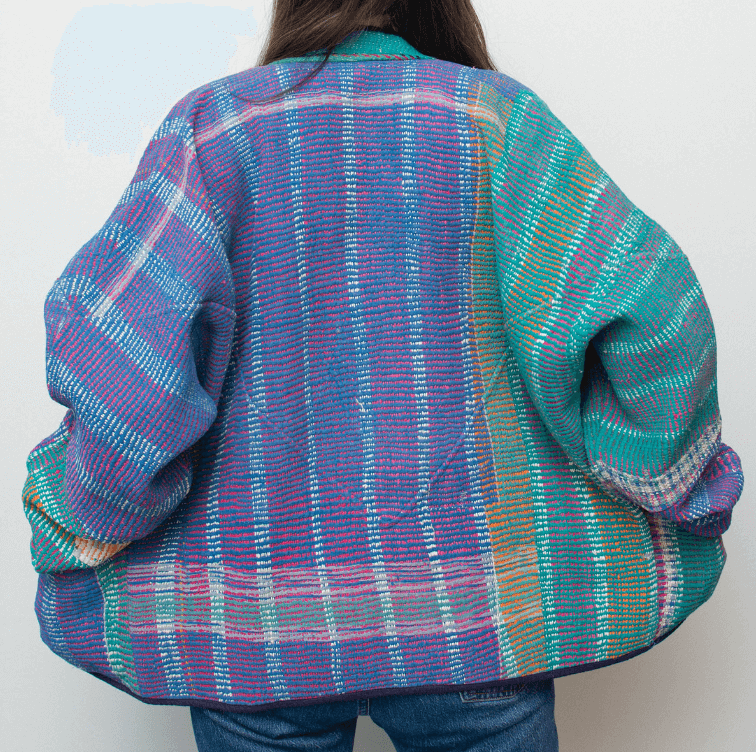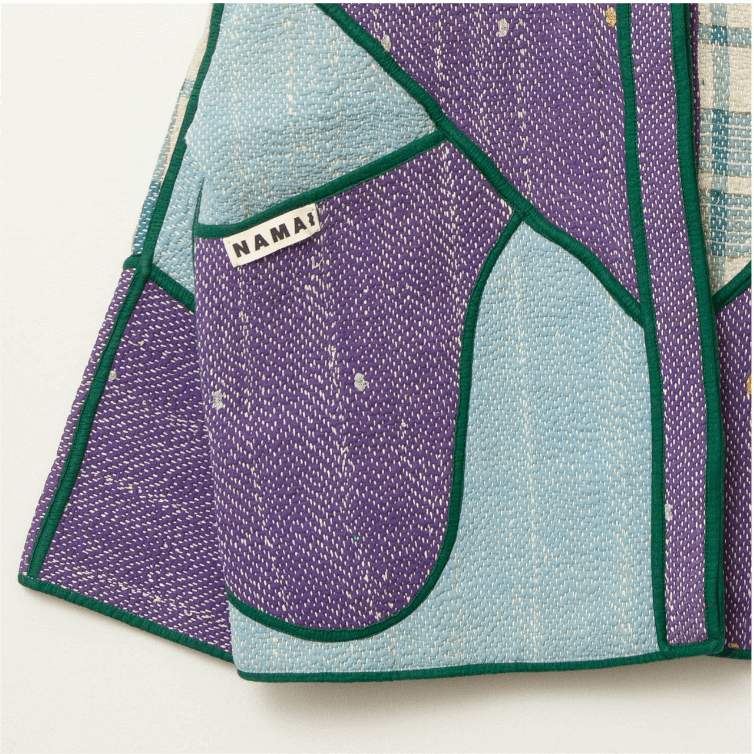Feeling as good as I do wearing my Namai, I find equal satisfiction in knowing that I'm caring for it and all my clothes in a safe and responsible manner. That's why I've taken to making my own laundry detergents using five natural ingredients that might already be in your cupboard.

As an environmental study major, I am always working to cut my carbon footprint by using energy-efficient appliances, reducing my single-use plastics, and making my own laundry powder and cleaning products. My commitment extends to community initiatives, advocating for responsible consumption and hoping to inspire others to work towards a more sustainable future.

Why Avoid Commercial Washing Detergent?
Let's delve into the key components of commercial detergents. Soaps and detergents, made with long molecules call surfacants, are responsible for descreaing the surface tension of water. While effective in removing stains, these surfactants can discrupt the natural balance of bacteria in septic tanks, potentially leading to costly clogs and backups. Moreover, they are challenging emerging contaminants released into the environment, posing risks to human, animal and aquatic life.
- Septic System Disruption:
- Disrupts septic tank bacteria balanca, leading to clogs and backups
- Environmental Contamination:
- Emerging contaminants discharged into the environment through wastewater treatment.
- Drinking Water Pollution:
- Potential penetration into drinking water, posing risks to human, animal and aquatic health.
- Algae Growth Promotion:
- Surfactants can stimulate algae growth, contributing to water ecosystem imbalances.
- Long-Term Health Effects:
- Studies show surfactants causing prolonged metabolic effects by interacting with liver and serum proteins.
DIY Laundry Eco-Friendly Detergent Recipe

More Reasons Behind This Recipe
- Avoid Plastic Waste: Approximately 700 million plastic jugs of laundry detergent are discarded annually in the US.
- Washing Soda: With a pasic pH of 11, washing soda softens water by binding it to minerals, allowing detergents to lift dirt from fabric.
- Baking Soda: Use to spot clean, freshen, soften fabrics, eliminate odors, and boost bleach whitening abilities.
- Epsom Salt: Helps soften clothes, reduce static cling, and even remove stains.
- Powdered Detergent: Longer shelf life than liquid counterparts, creating less waste.
- Use Cold Water: Reduces energy cost and usage, lowering carbon emissions while preserving textile colors for longer.
- Air Dry: Skip the dryer to further reduce energy costs, prevents shrinkage, and reduce wear and tear on fabrics.

By adopting eco-friendly laundry practices, such as using natural detergents and air-drying clothes, we minimize the release of harmful chemicals into the environment. Additionally, extending the lifespan of clothing through proper care reduces the frequency of disposal, lessening the overall waste sent to landfills. This sustainable approach aligns with the principles of conservation, reducing our ecological footprint and contributing to a healthier planet for present and future generations.
- Kelsey





